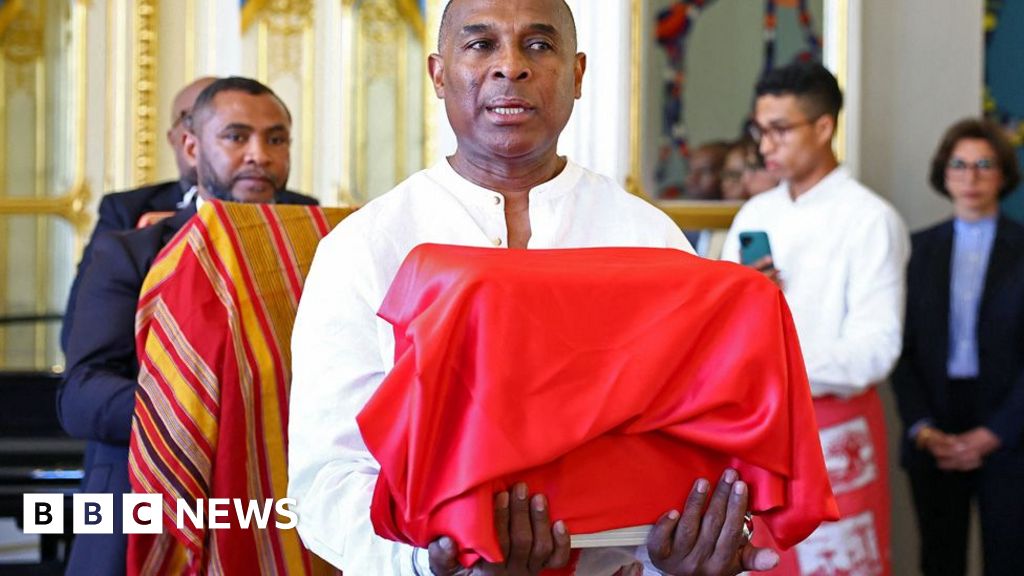After the funeral of Pope Francis, the selection of a new pope brings with it an essential and traditional decision: what will his name be? This pivotal choice not only imparts personal meaning for the newly elected pontiff but also serves as an early indication of the theological and operational focus of his papacy.
Traditionally, popes have embraced the practice of selecting names rooted in history, often honoring saints or predecessors they hold in high regard. For instance, Pope Francis drew inspiration from St. Francis of Assisi, whose commitment to humility and service to the impoverished is echoed in the goals of his own papacy. Similarly, John Paul II took his name to pay homage to his brief predecessor, John Paul I, reinforcing a continuity of leadership.
The origins of this naming tradition can be traced back to 533 AD, with Pope Mercurius, who, due to the implications of his name linked to the pagan god Mercury, opted for John II upon his election. This decision marked a shift from using given names to adopting names reflective of greater significance and alignment with Catholic values.
The chosen name also signals potential priorities within the papacy. For example, if the new pope were to adopt the name John Paul III, a focus on social justice issues could be anticipated, while Pius XIII might indicate a return to traditional doctrinal practices. Conversely, a name like John XXIV could suggest a desire for reform and modernity.
In a ceremonial announcement from the papal balcony at St. Peter's Basilica, Cardinal Dominique Mamberti, serving as the senior cardinal deacon, will declare the chosen name in Latin following the classic tradition of "Habemus papam," or "We have a pope." The world will eagerly await this declaration, as it symbolizes not just a name, but the beginning of a new chapter in the Catholic Church’s journey.
Traditionally, popes have embraced the practice of selecting names rooted in history, often honoring saints or predecessors they hold in high regard. For instance, Pope Francis drew inspiration from St. Francis of Assisi, whose commitment to humility and service to the impoverished is echoed in the goals of his own papacy. Similarly, John Paul II took his name to pay homage to his brief predecessor, John Paul I, reinforcing a continuity of leadership.
The origins of this naming tradition can be traced back to 533 AD, with Pope Mercurius, who, due to the implications of his name linked to the pagan god Mercury, opted for John II upon his election. This decision marked a shift from using given names to adopting names reflective of greater significance and alignment with Catholic values.
The chosen name also signals potential priorities within the papacy. For example, if the new pope were to adopt the name John Paul III, a focus on social justice issues could be anticipated, while Pius XIII might indicate a return to traditional doctrinal practices. Conversely, a name like John XXIV could suggest a desire for reform and modernity.
In a ceremonial announcement from the papal balcony at St. Peter's Basilica, Cardinal Dominique Mamberti, serving as the senior cardinal deacon, will declare the chosen name in Latin following the classic tradition of "Habemus papam," or "We have a pope." The world will eagerly await this declaration, as it symbolizes not just a name, but the beginning of a new chapter in the Catholic Church’s journey.






















